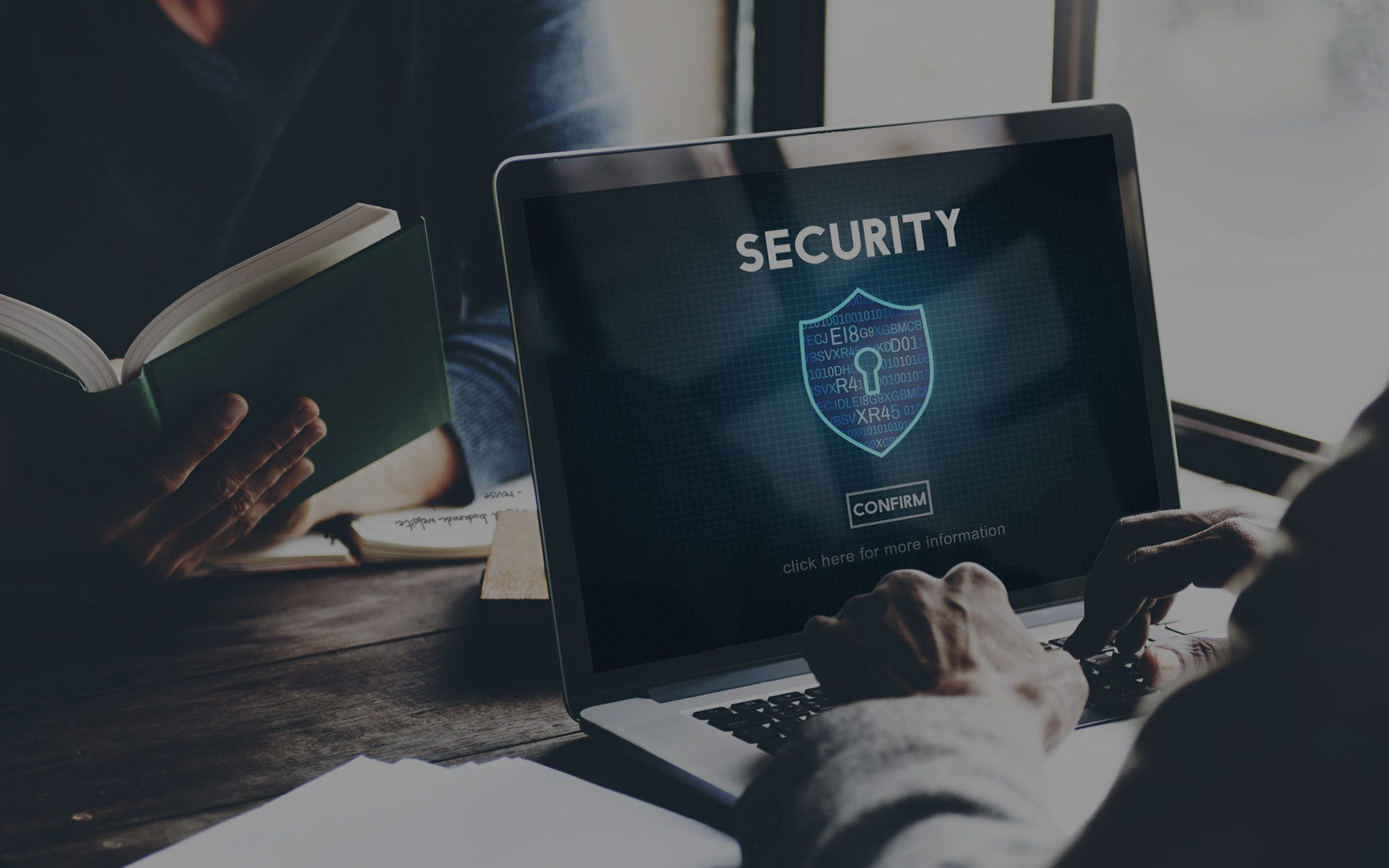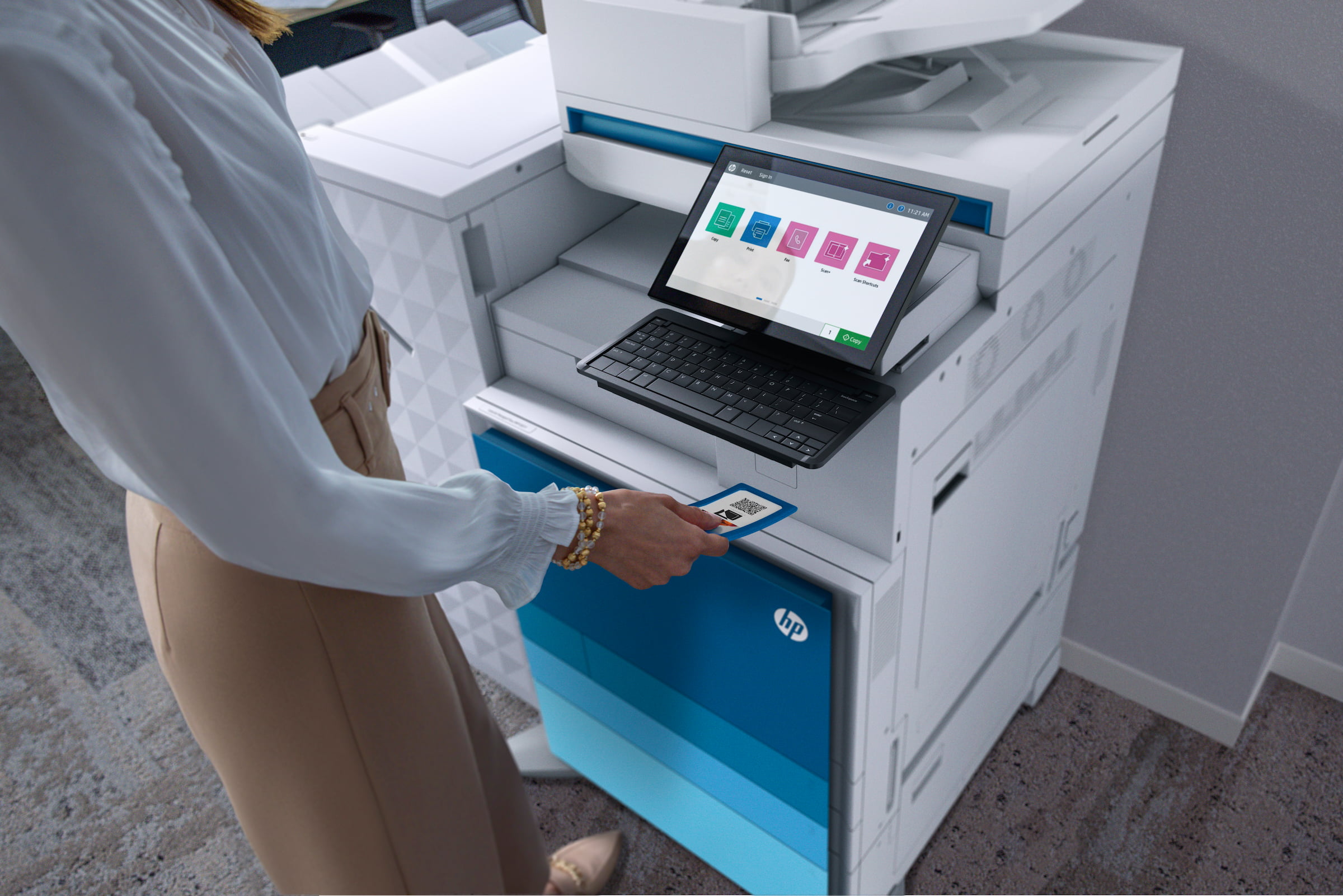If you are a business in the digital economy, you already know how important it is to have a strong online presence. However, greater exposure for your brand can be a double-edged sword: for instance, while a good online reputation will likely lead to greater customer confidence, a very public data breach will have the opposite effect – potentially to a disastrous degree.
Your ability to protect sensitive information from cyber threats is crucial to maintaining client trust, as well as ensuring you are up-to-date with regulatory compliance standards. To guide you through getting started with cyber security best practices, here’s seven key steps to bring your cyber security measures up to speed:
1. Perform a Gap Assessment of your current setup
First thing’s first – assessing the state of your current cyber security posture. Zeroing in on areas that require your immediate attention is made easier by using a Cyber Security Service, which will give you recommended industry standards to compare your existing setup against.
2. Document what you have
Use a spreadsheet to take a detailed inventory of your hardware, software, information, responsibilities, and Cloud solutions. Documenting this properly will give you a strong idea of the assets you have, where they are, and how important they are to your business – which is crucial for effective security planning and asset management.
3. Review your access permissions
Examine which members of staff have access to particular documentation on your Information Management system, then invest in a corporate password vault and train all relevant users on best practices for password management. Implementing multi-factor authentication (MFA) and Single Sign-On (SSO) features further simplifies the on-boarding and off-boarding process.

4. Carry out a Cyber Risk Assessment
Identify potential threats and vulnerabilities by conducting a Cyber Risk Assessment, which will help you prioritise which areas to address. This step also includes penetration testing your website and corporate network and reviewing your Microsoft and Google configurations.
5. Address your risks
Once you’ve isolated your risks, start identifying the people, processes, and technologies that can help to address them before investing in additional measures. This proactive approach ensures you are making maximum impact cost-effectively, whilst also significantly reducing the likelihood of a security incident.
6. Solidify your policies
With your cyber security risks addressed, it’s important to think toward the future. Therefore, you should communicate your IT polices to employees, which will outline how they should use and protect business assets moving forward. Be sure to define these policies clearly to ensure consistency throughout your workforce.
7. Create plans for Incident Response and Business Continuity
Absolutely critical to the future of your business is establishing plans for Incident Response and Business Continuity, to ensure that you can continue to operate with minimal disruption during a crisis. Please note that it’s extremely important to develop these simultaneously to make sure that they’re aligned.
Regardless of your industry, if your business handles sensitive information in any way, it’s of the utmost importance that you are able to safeguard it. By following these steps, you can build a strong cyber security posture that not only protects against existing threats, but also gives you a head-start against potential challenges of the future.
Ultimately, it’s important to understand that cyber security is not going away, but will continuously improve to meet the evolving threats of the digital landscape. Therefore, to ensure your brand’s reputation as trustworthy and reputable to customers, maintaining strong security measures is essential.
For more guidance on cyber security, contact us by using the form below.














































